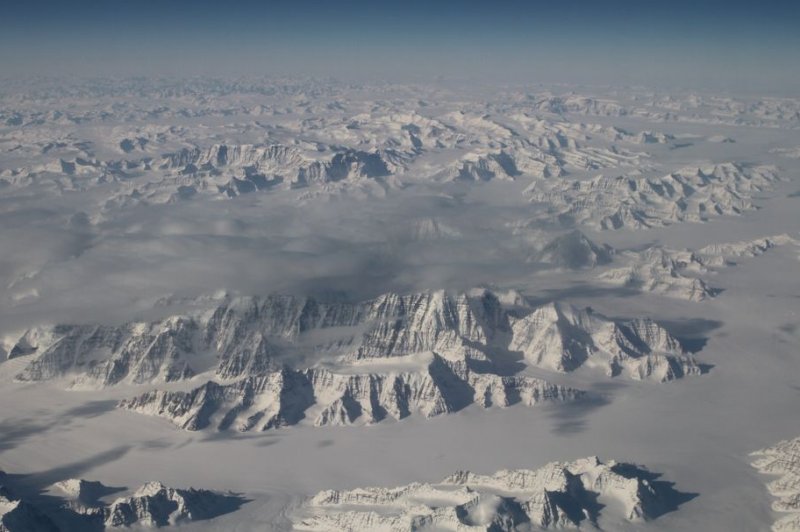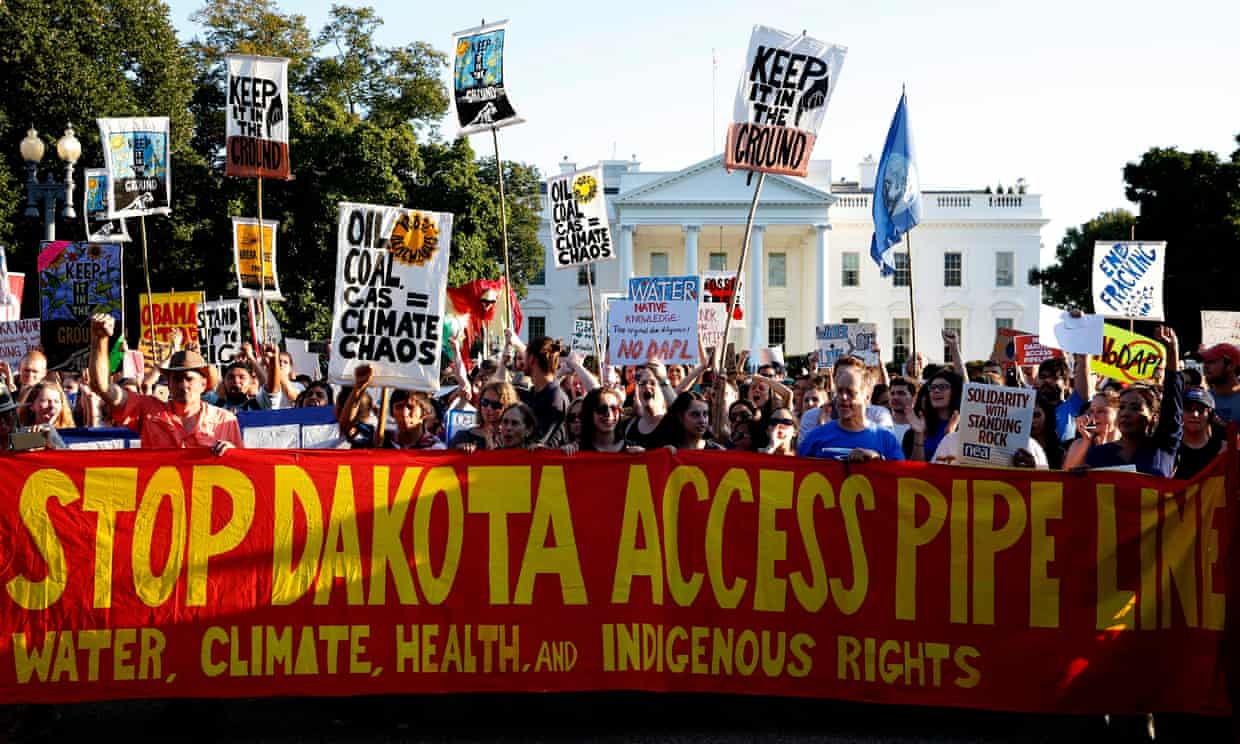 Sydney has just broken a record that has stood since 1868 - the overnight temperature stayed above 27C.
Sydney has just broken a record that has stood since 1868 - the overnight temperature stayed above 27C.
In December 1868, Sydney registered a minimum temperature of 26.3C, a record that had stood ever since. On Tuesday night, the minimum was 27.1C. It also makes it the second hottest night on record for any month of the year, a Bureau Of Meteorology spokesperson said.
Sydney is experiencing high temperatures, at day and night, and in December, that is surprisingly uncommon.
Tuesday saw a maximum temperature of 39C and on Wednesday, it was 37.5.
A 148-year-old temperature record broken in Australia
After 5-year study, scientists say unchecked Arctic melting may bring irreversible change
 Quickly melting ice in the Arctic with no effort to stop it may someday bring a stage where critical ecological change is uncontrollable, a team of international scientists said in a "groundbreaking" new report Friday.
Quickly melting ice in the Arctic with no effort to stop it may someday bring a stage where critical ecological change is uncontrollable, a team of international scientists said in a "groundbreaking" new report Friday.
In the Arctic Resilience Report, released Friday, the team of scientists said Arctic ice is melting faster than ever before and it will probably only get worse. In fact, the ecological change currently happening in the Arctic region is unprecedented, they say, and could one day become irreversible.
World on track to lose two-thirds of wild animals by 2020, major report warns
 The number of wild animals living on Earth is set to fall by two-thirds by 2020, according to a new report, part of a mass extinction that is destroying the natural world upon which humanity depends.
The number of wild animals living on Earth is set to fall by two-thirds by 2020, according to a new report, part of a mass extinction that is destroying the natural world upon which humanity depends.
The analysis, the most comprehensive to date, indicates that animal populations plummeted by 58% between 1970 and 2012, with losses on track to reach 67% by 2020. Researchers from WWF and the Zoological Society of London compiled the report from scientific data and found that the destruction of wild habitats, hunting and pollution were to blame.
Fracking Linked to Cancer-Causing Chemicals, Yale Study Finds
 Yet another study has determined that hydraulic fracturing, or fracking, might be a major public health threat. In one of the most exhaustive reviews to date, researchers from the Yale School of Public Health have confirmed that many of the chemicals involved and released by the controversial drilling process can be linked to cancer.
Yet another study has determined that hydraulic fracturing, or fracking, might be a major public health threat. In one of the most exhaustive reviews to date, researchers from the Yale School of Public Health have confirmed that many of the chemicals involved and released by the controversial drilling process can be linked to cancer.
"Previous studies have examined the carcinogenicity of more selective lists of chemicals," lead author Nicole Deziel, Ph.D., assistant professor explained to the school. "To our knowledge, our analysis represents the most expansive review of carcinogenicity of hydraulic fracturing-related chemicals in the published literature."
DiCaprio's Climate Doc Exposes Destruction of Rainforest for Palm Oil as Huge Driver of Global Carbon Emissions
A new documentary produced and starring actor and activist Leonardo DiCaprio premieres in Los Angeles today and will be broadcast globally in 45 languages in 171 countries on the National Geographic Channel starting Oct. 30, timed to air in advance of the November elections.
The film highlights the critical role forest destruction plays in driving carbon pollution into Earth's atmosphere and focuses specifically on how the rapid spread of industrial palm oil plantations in Southeast Asia are at the heart of this crisis. The film It is directed by Fisher Stevens who, like DiCaprio, is an Academy Award winner.
The Great Pacific Garbage Patch Is Even Worse Than We Feared
 The first aerial survey of the Great Pacific Garbage Patch shows that the amount of debris swirling in the North Pacific has been “heavily underestimated,” the expedition group said.
The first aerial survey of the Great Pacific Garbage Patch shows that the amount of debris swirling in the North Pacific has been “heavily underestimated,” the expedition group said.
On Monday, The Ocean Cleanup, a project founded in 2013 by then-18-year-old Dutch inventor Boyan Slat with the goal of ridding the world’s oceans of plastic, shared initial findings from its aerial expedition of the trash vortex between Hawaii and California.
Category 4 Matthew heads for Bahamas and South Florida; hurricane watch issued
 "Extremely dangerous" Category 4 Hurricane Matthew is moving north toward Cuba, the Bahamas and Florida, where the National Hurricane Center has issued a hurricane watch for much of the state's Atlantic coast.
"Extremely dangerous" Category 4 Hurricane Matthew is moving north toward Cuba, the Bahamas and Florida, where the National Hurricane Center has issued a hurricane watch for much of the state's Atlantic coast.
Matthew made landfall near Les Anglais in western Haiti at 7 a.m. Tuesday with 145 mph winds and torrential rains. The National Hurricane Center says Matthew strengthened afterward with 150 mph winds with gusts up to 175 mph late Tuesday morning, making it the most powerful Atlantic storm since 2007.
Texas activists who lost one pipeline fight set sights on ne

It looks to Lori Glover “like a long snake going across the whole desert”. For David Keller, it is “like having a very beautiful historic home and having someone run a bulldozer through the kitchen”. And in Yolonda Blue Horse’s view, it is another example of disrespect from an industry that does not care about native people.
Before the Dakota Access pipeline sparked continuing protests that led to national attention and an Obama administration intervention, a feisty group of activists in remote west Texas waged a long battle against the same company when it pressed ahead with plans to run a 143-mile natural gas pipeline to Mexico through some of the state’s most pristine countryside.
NASA: Earth Warming at a Pace ‘Unprecedented in 1,000 Years’
 The planet is warming at a pace not experienced within the past 1,000 years, at least, making it “very unlikely” that the world will stay within a crucial temperature limit agreed by nations just last year, according to Nasa’s top climate scientist.
The planet is warming at a pace not experienced within the past 1,000 years, at least, making it “very unlikely” that the world will stay within a crucial temperature limit agreed by nations just last year, according to Nasa’s top climate scientist.
This year has already seen scorching heat around the world, with the average global temperature peaking at 1.38C above levels experienced in the 19th century, perilously close to the 1.5C limit agreed in the landmark Paris climate accord. July was the warmest month since modern record keeping began in 1880, with each month since October 2015 setting a new high mark for heat.
More Articles...
Page 13 of 156

 Environmental News Archive
Environmental News Archive


































